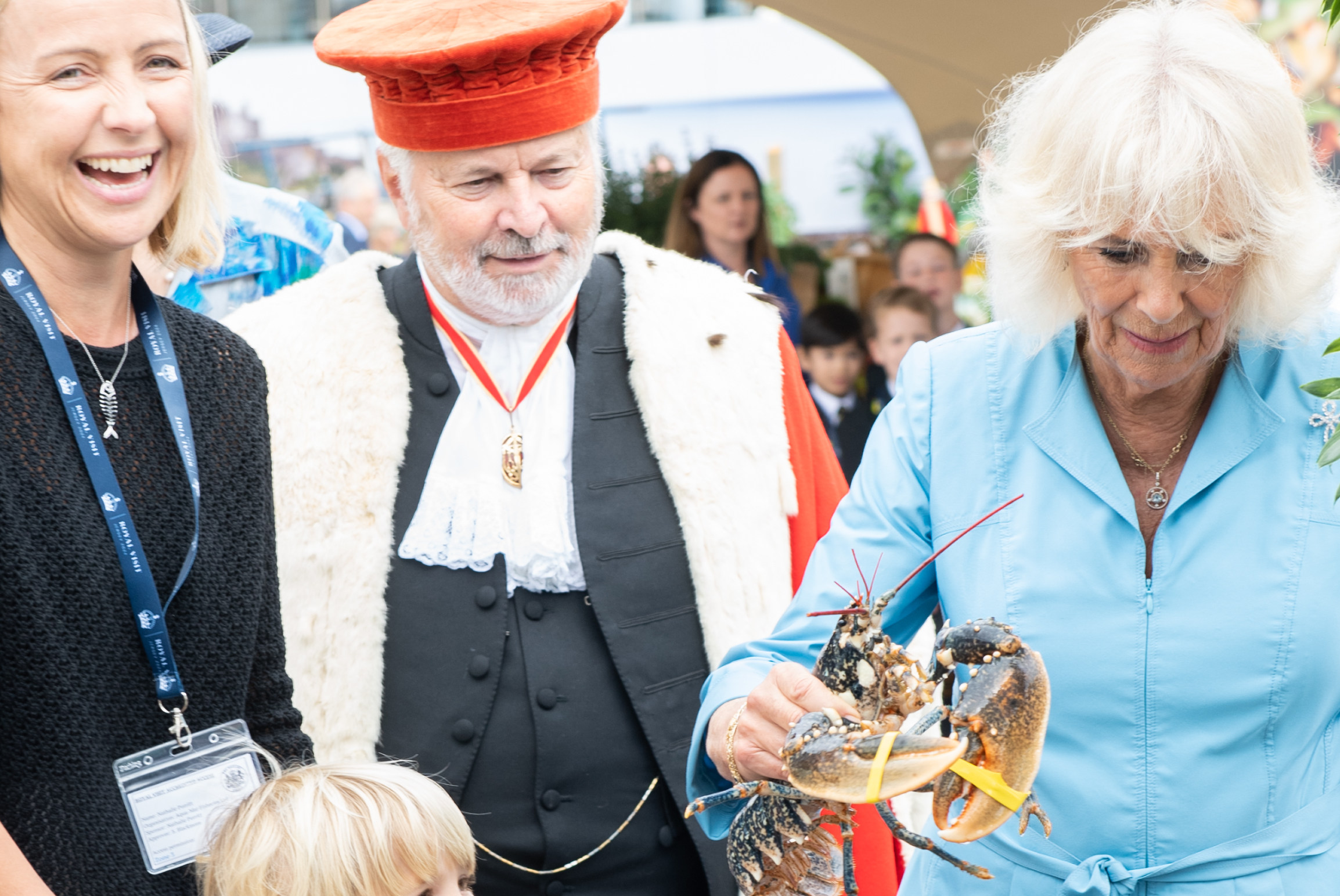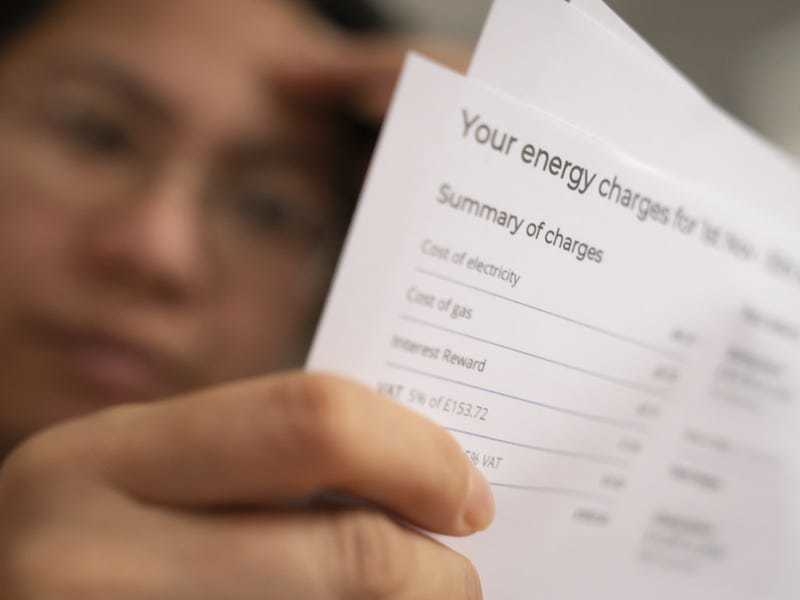PLANS to revive a “mainstay” fishing catch worth around £2.5 million annually to the Island’s economy will get under way next month.
The minimum landing size for lobster is being raised from 87mm to 88mm after States Members this week unanimously approved an amendment to the Sea Fisheries (Jersey) Law 1994, lodged by Environment Minister Steve Luce.
He said the move would give the lobsters a better chance to grow and reproduce before being caught, in the hope that stocks would improve in the long term.
The change is intended to form part of wider plans to gradually raise the landing size to 90mm over the next two years.
Deputy Luce said the measures, which followed engagement with the local fleet and fisheries teams, were intended to get the Island’s lobster fishery “back to where it was just a few years ago”.
He explained: “There was a boom in 2017, 2018 and 2019, when every other pot that fishermen pulled seemed to have a lobster in it which was a saleable size. But, more recently, we’ve fallen back again to where we were more than a decade ago – where they are pulling out one lobster in maybe six pots.”
He noted that the staggered approach to raising the landing size was to help avoid the Island’s fleet taking a “considerable hit”.
“We monitor the catch on a regular basis and obviously we see the landing that fishermen bring in as well. Recently it’s been tough, [with] a lot of effort going into not landing a huge number of lobster,” he continued.
“I think everybody appreciates, whether it’s crab, lobster, fish, scallop – whatever it is – what we need to do is maintain a population in the sea and protect a population that is big enough to sustain a much bigger fishery.”
Deputy Luce added that lobster was a “mainstay” of Jersey’s fishing fleet.
He said: “It’s really important that we maintain a sustainable fishery for those people to carry on making their living.”
Don Thompson, who is stepping down as president of the Jersey Fishermen’s Association, described the landing size changes as a “crucial measure”.
“It’s really good to see that Deputy Luce is absolutely determined that we get things back on track,” he added, noting that lobster was just one area of the local fishery that needed work.
Gabby Mason, of Jade-S Fisheries, also acknowledged the need for the change, though she said that it might have come “quite late in the day”.
“We also have to look at other factors that could be influencing the stocks,” she continued, citing changing water temperatures as an example.
She added that protections should also be considered for areas of the Island’s fishery that were currently doing “very well”, such as scallops, to avoid their stocks ending up in a similar situation.
A Marine Resources report published this year stated that the European Lobster was “at the centre of Jersey’s commercial fishing industry”.
It explained: “Since at least the late-19th century it has been the most important species (in terms of economic value) fished by Jersey vessels.”
As of 2021, lobster landings by local vessels were valued at £2.5m – representing about 35% of the annual fishing economy.
How is a lobster measured?
The landing size refers to a creature’s carapace length, which is the rigid section of the shell covering the body. This is measured from the start of the eye socket to the start of the tail.






